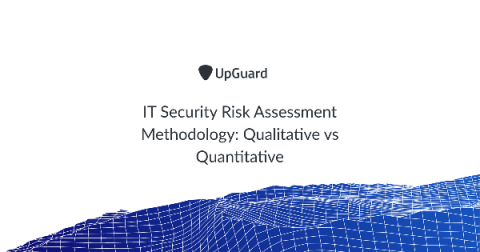Top Risk Management Issues Facing Higher Education
Institutions of higher education (IHEs) are besieged by risk, especially cybersecurity and information security risk. Risk management for these institutions is critical but also extremely challenging, like trying to juggle balls and lighted torches all at once.






